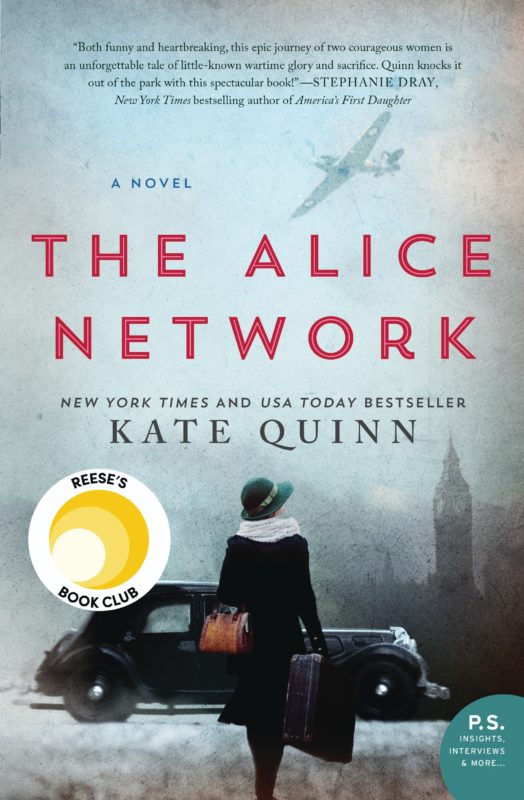So I have been up to my neck, these past two weeks, in reviewing the copy-edits for Daughters of Rome. Copy-editing belongs somewhere around the fourth level of hell: not as bad as doing a headstand in a Portapotty, worse than having thumb-tacks pressed under your fingernails. It takes OCD to a whole new level: a good copy-editor (and mine is superb) is essentially a paid nit-picker. All those times during the writing process when I thought to myself, “Oh, don’t bother changing that tiny detail, no one will notice if it’s wrong.” Well, the copy-editor always notices.
Daughters of Rome is the second book I’ve put through copy-editing, so at least I know the drill by now. I know that 214 comment bubbles is par for the course, not an indication of my book’s deep innate lousiness. I have more or less mastered the Track Changes program on Microsoft Word. I didn’t have to call my editor cross-country to ask what a penciled STET in the margin meant (a Latin term for “let it stand,” or put less politely, “no, damn it, don’t change that sentence, I wrote it that way for a reason!”) And I know that the tendency to come flying out of a sound sleep with a shriek of “Was velvet invented in ancient Rome?!” will wear off in about a week. (And no, it wasn’t.)
Writers, I have to say, are not much fun to be around during copy-editing. They will spend more time fact-checking on Wikipedia than talking to their long-suffering spouses. They will answer questions of “How are you?” with “Do you think anyone will notice if I move the Battle of Actium up a year?” They will slam their foreheads into tables, moaning, “How did I not realize that the Baths of Diocletian weren’t built for another 150 years?” Writers are not even terribly visible during the copy-editing process: the most you will see for a few weeks is the top of a head peeking over “Encyclopedia of the Roman Empire: A to Z,” which has been thumbed so thoroughly that the spine is now broken and the library is dunning for payment.
Another inescapable part of copy-editing is the notes. Writers are prone to these anyway–my husband is forever taking Post-Its off the fridge with such reminders as Research trident wounds or Google headless Romans York. But the notes I take during copy-editing reach a truly memorable level of lunacy thanks to a method of short-hand nobody but me can understand. Here are a few examples, verbatim, from Daughters of Rome.
Chapter 13: L’s wedding to FV; grade-B orgy. C goes to races; Reds lose; D adopted as Vit’s pet. C learns of DD’s disgrace.
Chapter 19: C and DD to Tarracina; idyll. M blue-balls Dom; meets D. L @ AP’s
house; finds out Thrax poisoned FV.
Chapter 22: M brings news of army; C is busted for fling. L helps AP move
out. D meets LL after watching Vit abdicate.
Chapter 24: Rome invaded.
So what did you do today? I invaded Rome.
Fortunately, copyediting is like childbirth: it may be painful, but it has to end sooner or later. Daughters of Rome has been poked, prodded, and patched, and is off to my editor. I have returned Tacitus: The Histories and 69 A.D: The Year of Four Emperors to the library, along with a large check to cover my late fees. The last Post-It note (Review routine torture scenes) has been retrieved from the refrigerator door. My husband’s favorite brand of ale is waiting for him with a card: Thanks for researching for me whether the Romans had platinum or mirrors. (No, and yes.) My work is done, and now comes my favorite part of the copy-editing process.
The bottle of champagne when it’s all over.

My second novel: copy-edited within an inch of its life.
*I adapted the title for this post from Florence King’s collection of essays: “STET, Damn It!” She had one of the better quotes on copy-editors, going something like this: “A good copy-editor is a pearl beyond price, but I got stuck with a web-footed brachycephalic cretin who should have been confined to an institution to make brooms.” Copy-editing makes us all testy.







